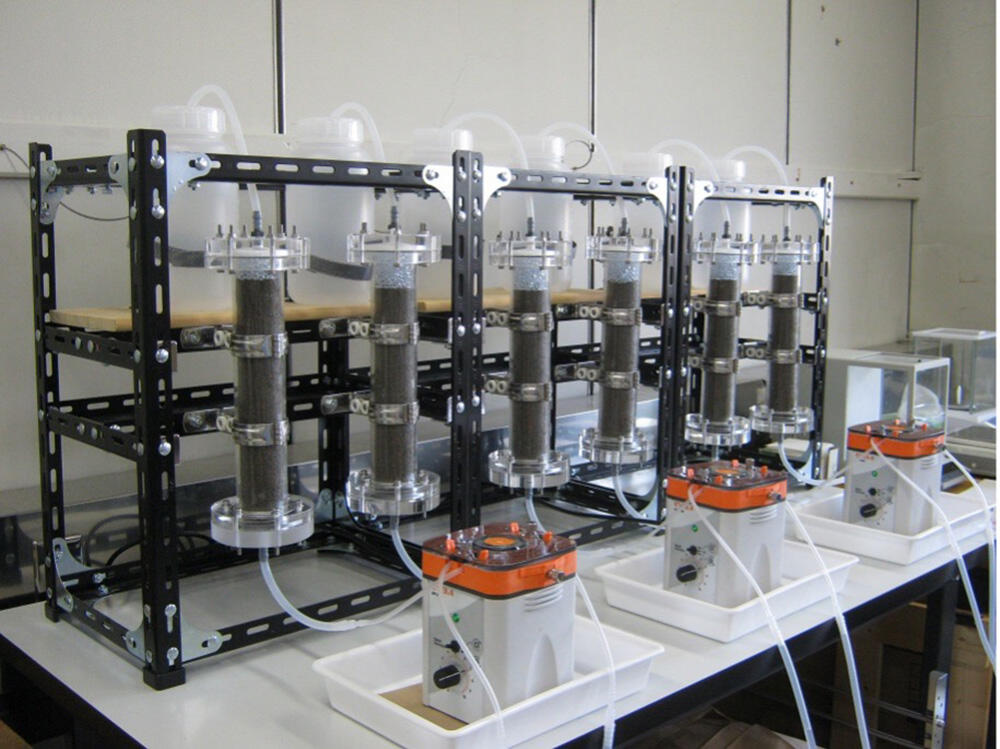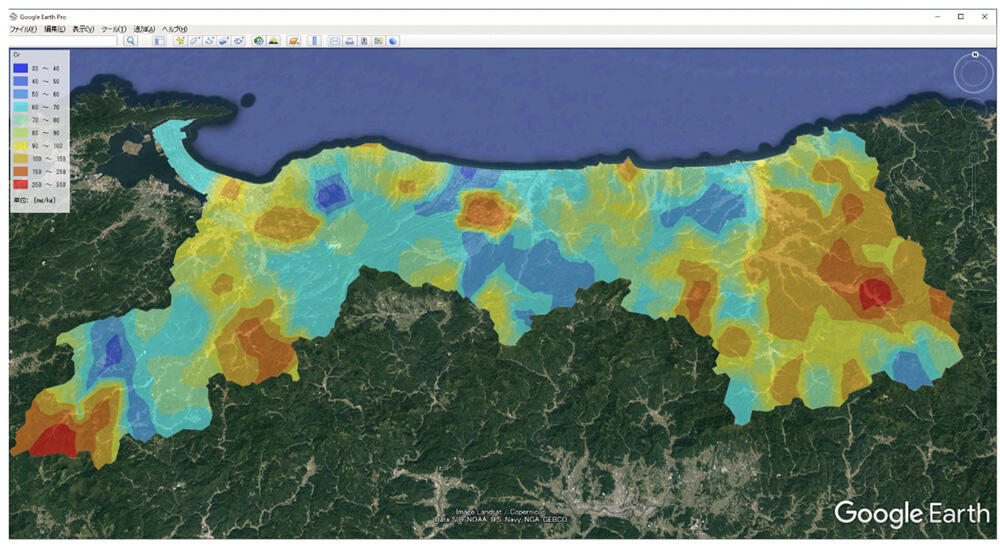Soil and Groundwater Contamination: An Old and Emerging Environmental Issue
-How Can We Reduce the Risk of Soil Contamination?-
Last Updated: April 13, 2021
Soil and groundwater contamination is an old and emerging environmental problem. In the past there was a notorious pollution incident at the Ashio Copper Mine in Tochigi Prefecture, Japan. Recent examples of serious contamination events are the radioactive contamination resulting from the Fukushima Daiichi Nuclear Power Plant Accident in 2011 and the soil contamination at the new Toyosu site, to which the Tsukiji fish market relocated in 2018. With the growth of Japan’s economy and industry, pollution problems have become more and more complex and diverse. In addition to soil contamination caused by anthropogenic materials, the one resulting from naturally occurring heavy metals originally concentrated in soils has also become a major concern. Soil and water contamination, some of which may occur together with air pollution, can seriously affect human health, animals and plants, and the environment. Moreover, once pollution occurs, it is very difficult to totally eliminate the overall risk, regardless of the measures used.
To cope with this risk, we are committed to the research and development of survey and assessment technologies, remediation and countermeasure technologies, and risk assessment and risk management technologies that are applicable to a wide range of contaminants: the development of technologies for assessing and simulating the mass transport and leaching behavior of contaminants and the development of new technologies for rapid and accurate quantification of contamination in the field. We are also promoting a variety of remediation technologies that use electrokinetics, microorganisms, natural minerals, and absorbents to enable practical application in the field. In addition, we are conducting a research for standardization of various testing methods related to evaluation of the soil contamination, i.e., JIS standardization of the ISO 21268-3:2019 certified up-flow column percolation test and the standardization of the test methods for materials used in the adsorption layer method. We have developed and released the Geochemical and Risk Assessment Map of Subsurface Soils, which provides the information of naturally occurring heavy metals in soils of the region and evaluate their risk, and the Geo-Environmental Risk Assessment System (GERAS), which enables the human risk assessment of contaminants. In addition, we advocate that not only environmental risk but also the
Column testing systems for characterizing the leaching and transport properties of contaminants in soils.
Geochemical and Risk Assessment Map of Subsurface Soils. The figure shows the total concentration of Cr in subsurface soil across Tottori Prefecture



